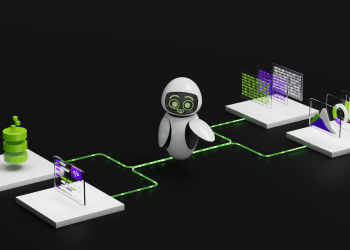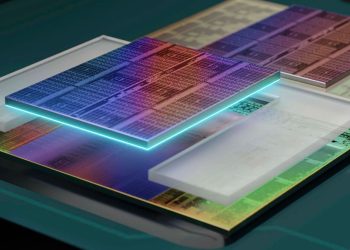reflects the estimated status of our backlog. So if you are to order today, that is when you will are estimated to get one.”
That Alienware 18 Area-51? As of this writing, Dell’s website is showing April 24 delivery dates. Lenovo has ship dates for the Legion Pro 7i Gen 10 in the second week of April, though that may shift depending on where you live.
Over at Newegg, the Gigabyte Aorus Master 16 has a March 31 release date, so you will theoretically be able to order that laptop in March. From what I’m told, though, inventory will be limited, and many of Gigabyte’s other retail partners may not have stock that day.
Those later release dates may be a good thing though, since the drivers need some work. Nvidia’s engineers may have those fixes out by the time most systems might arrive in buyers’ hands.
Confusion behind the scenes
Not to get too inside baseball, but the events we saw leading up to this launch don’t give us a ton of confidence.
In time for the embargo, we received two systems: the Razer Blade 16 and the Gigabyte Aorus Master 16. (The latter didn’t arrive in time for us to finish testing in time for the embargo. We plan to have our review up soon). But we were in talks about two more systems that were repeatedly delayed, often without an explanation.
Some sources suggested long before we ever got a machine that there had been multiple delays. We didn’t expect these systems to be so in flux that we would be given different shipping dates three times. Another system was delayed into next month.
Typically, this doesn’t affect you, the person who might buy these laptops. Like we said, it’s inside baseball information. But what it shows is that these systems are coming in hot, and you should keep an eye out for updates on drivers to ensure everything is smooth.
Another stain on Blackwell
These issues follow what has been, at best, a tumultuous launch for Nvidia’s RTX 50-series gaming GPUs. The desktop side has been rocky, with limited availability leading our GPU editor Jarred Walton to say that “the current GPU landscape is a veritable wasteland, filled with scalpers and scam sellers.” (History repeats itself!) Nvidia made $130 billion last year, 89% of that from the data center unit, and it’s clearly prioritizing Blackwell B200 and now Blackwell Ultra B300 production ahead of its consumer GPUs. That makes sense from a financial perspective, but it means consumer GPU prices and availability are hosed.
At launch, some RTX 5090, 5090D, and 5070 Ti desktop GPUs shipped with missing render output units, or ROPs, reducing performance due to production issues, which Nvidia says have been corrected and will not affect its laptop GPUs. The 5090, 5080, and 5070 Ti were also plagued by black screen issues and blue screens of death until they were resolved with a driver update — that was after we shipped back a “malfunctioning” 5090 to an AIB, only later to hear about a VBIOS update to fix the problems.
Even though these laptops are arriving a bit later than expected, the whole release still feels rushed. Perhaps, after a few driver updates, all of our games will work without issue. But as it stands, you should wait and make sure fixes get rolled out before splurging on any of these very expensive laptops. Again, that’s assuming you can even find them in stock at reasonable prices — margins on mobile consumer GPUs aren’t likely to be much higher than on the desktop RTX 50-series GPUs, so the chips are in the same boat relative to AI and data center production.
The laptop we spent the most time with so far, the Razer Blade 16, has plenty of good points: It’s well-built, has a lovely display, and the battery life is nice for a gaming laptop – perhaps the best part of the RTX-50 series upgrade, in my book. I actually played games without the power cable plugged in. The Blade 16’s port selection is also great. The Gigabyte Aorus Master 16, which we’re still testing, also doesn’t seem like a slouch.
But the RTX 5090 isn’t a huge step up over the RTX 4090 Laptop GPU on pure performance. The conversation gets different when you bring DLSS with Multi Frame Generation into the picture, which Nvidia is pushing heavily, but that’s a rather controversial discussion. As we noted in our MFG testing with the RTX 5090 and RTX 5080, you can’t take the published numbers at face value. It’s the combination of base rendering speed and latency that defines the experience, and that can vary quite a lot among games that support the feature.
I’m hoping that in a few weeks, we’ll be able to move on from this launch. But given the current desktop GPU situation, that might be more than a little naïve. Out of the gate, Blackwell RTX laptops don’t feel like they’re off to a strong start, and if desktop Blackwell is any indication, things might not improve significantly for months.









